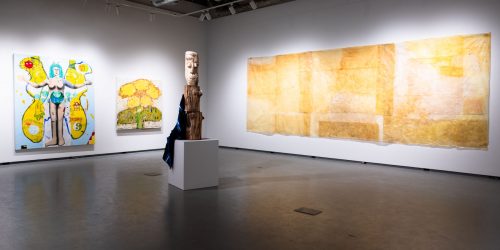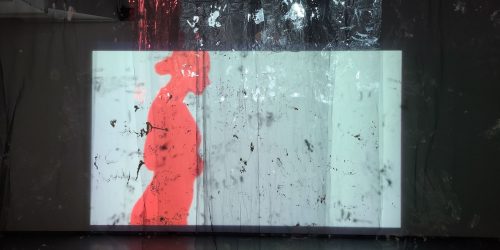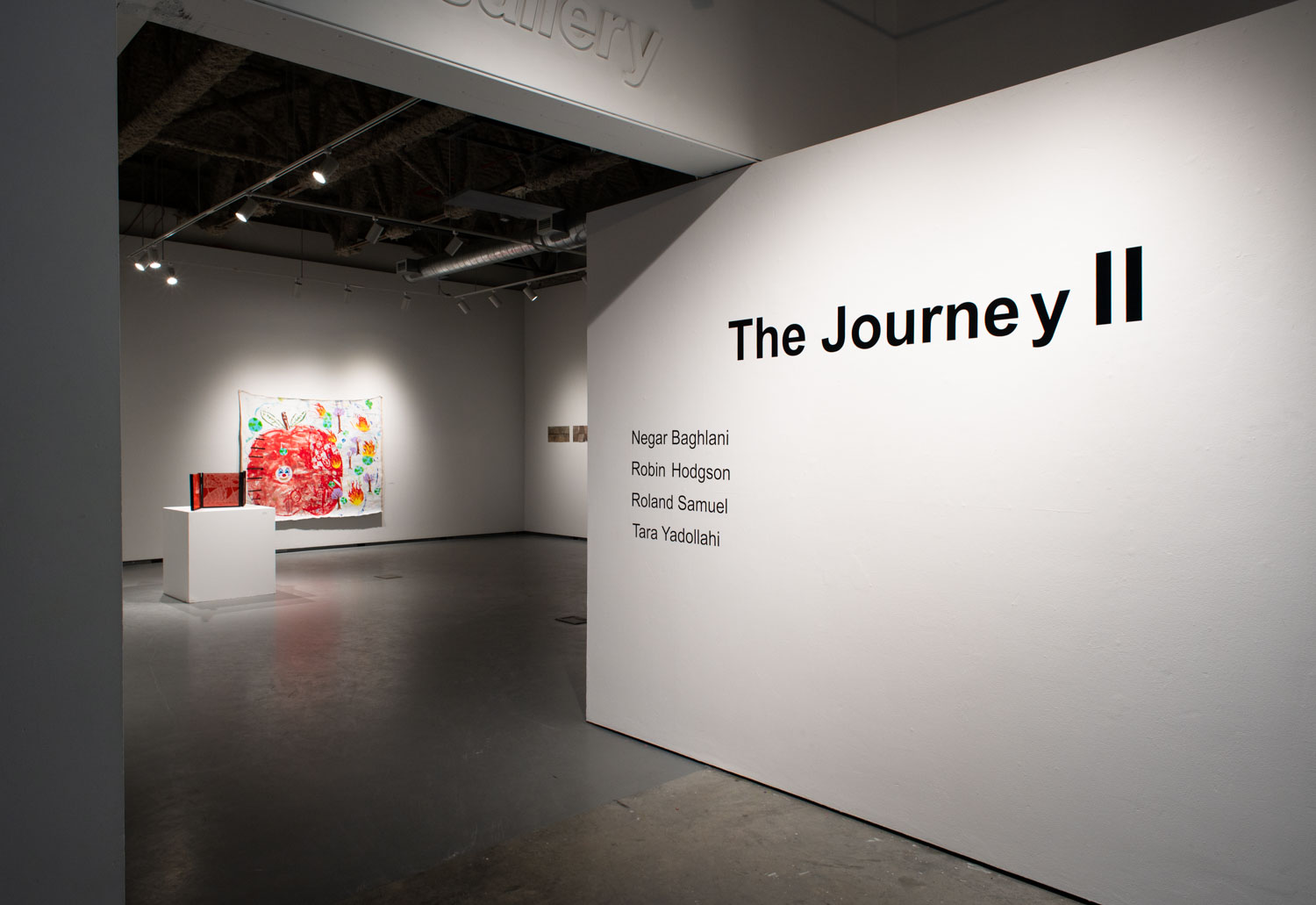Form and Substance – MFA
Drawing on different media and approaches the Masters of Fine Arts students in first and second year combine their works with an emphasis on saturation, media, form and substance. The conceptual approaches in the artwork on display, include the value of visiting over a cup of tea, diasporic identities, trans rights, a consideration of different abilities and the freedom to...

 Follow
Follow







